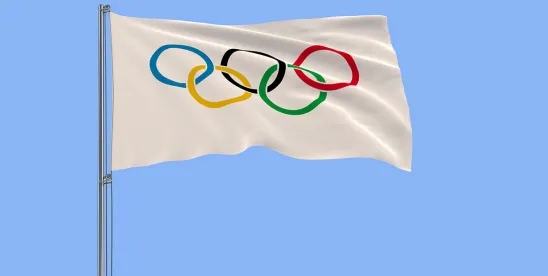On your marks, get set, go!
At the Paralympic Games, athletes were previously required to cover their Olympic rings tattoos or face disqualification. The International Paralympic Committee has decided to lift this ban for the Paris 2024 Games. In this blog we present our explanations and thoughts as intellectual property specialists.
After the Olympic Games comes the time of the Paralympic Games which are legally totally distinct from the Olympic Games. While the International Olympic Committee (IOC) governs the Olympic Games, the Paralympic Games are governed by the International Paralympic Committee (IPC). The IOC was created in 1894 and is headquartered in Lausanne while the IPC was created in 1989 and is headquartered in Bonn. The games each have their own brand, owned by each Committee and a source of significant revenue, with many partnerships and derivative products.
The IOC is thus the owner of the trademark representing the famous Olympic rings, these five intertwined rings of blue, black, red, yellow and green representing the five continents, designed by Pierre de Coubertin himself in 1913. As for the IPC, it has been the owner for 20 years of the Agitos logo, which is made up of three commas, one blue, one green and one red. These three colours were chosen for similar reasons as the colours of the Olympic rings because they are the most frequent colours in the flags of the participating countries.
Like the IOC, the IPC sets the rules that athletes must follow as a condition of participating in the Paralympic Games. These are purely private rules, but their compliance is ensured since the potential sanctions on athletes for breach of the rules can be drastic, including, for example, disqualification or being stripped of their medals.
In 2012, the IPC decided to ban Paralympic athletes from displaying tattoos featuring the Olympic rings. The reason given by the IPC spokesperson in 2016, when a champion was disqualified on this basis, was the “likelihood of confusion”. This concept is well known to trademark law specialists. A trademark gives its owner the right to prohibit the use of an identical or similar sign for identical or similar goods or services, if it would create a “likelihood of confusion” in the mind of the public. If there is such a likelihood of confusion, there is infringement. In particular, the owner can prohibit the affixing of its trademark to competing products.
The use of this trademark law concept in the context of its application to Paralympic Games athletes did, however, raise certain questions. For example, since these are tattoos drawn on the athletes’ bodies: can the tattoo be considered to be used here as a “trademark”, i.e. used to identify the origin of a “product”? if so, what is the product? Can athletes be considered a product? Are Paralympic athletes “competing” with Olympic athletes for the purposes of trademark law?
In any case, these questions are now moot because, on August 23, the IPC announced its decision to waive this rule – which is rather good news.




 />i
/>i

